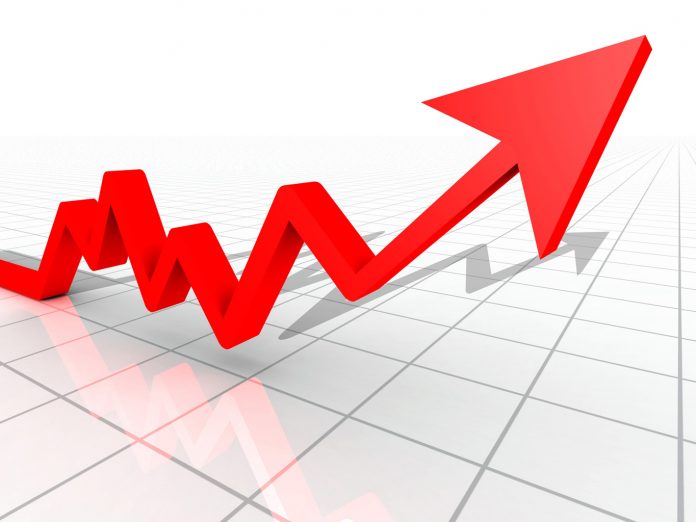The increase in the pump price of fuel to N1,060 in October from an earlier price of N1,030 has pushed the October 2024, headline and food inflation rate to 33.88 per cent and 39.16 per cent respectively. In September the headline inflation was 32.70 per cent, while food inflation was 37.77 per cent .
The headline inflation hit 34.19 per cent in June this year before slowing to 33.40 in July and further down to 32.15 in August.
However, the adjustment of fuel price from N897 to N1,030 pushed the inflation back on an upwards trajectory to 32.70 in September.
The National Bureau of Statistics (NBS) reports that in October 2024 food inflation increased to 39.16 per cent, 7.64 per cent points higher compared to the rate recorded in October 2023 which was 31.52 per cent.
The report said the rise in Food inflation on a year-on-year basis was caused by increases in prices of some staple food items including, Guinea Corn, Rice, Maize Grains, under the Bread and Cereals Class; Yam, Water Yam, Coco Yam, etc (Potatoes, Yam & Other Tubers Class), Palm Oil, Vegetable Oil, etc (Oil and Fats Class) and Milo Lipton,
Bourvita, etc (Coffee, Tea & Cocoa Class).
According to NBS, on a month-on-month basis, the Food inflation rate in October 2024 was 2.94 per cent which shows a 0.30 per cent increase compared to the rate recorded in September 2024 which was 2.64 per cent. It attributes the rise to the rate of increase in the average prices of Palm Oil, Vegetable oil, Mudfish, Croaker (Apo), Fresh fish (Obokun), Dried Beef, Goat Meat, Mutton, Skin meat, and Bread, Guinea Corn flour, Plantain flour, Rice, etc
“The average annual rate of Food inflation for the 12 months ending October 2024 over the previous 12-month average was 38.12 per cent, which was an 11.79 per cent points increase from the average annual rate of change recorded in October 2023, 26.33 per cent.
Nigerians have continued to struggle with high cost of goods and services which has eroded their purchasing power.


